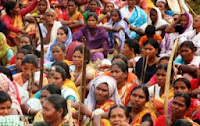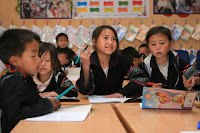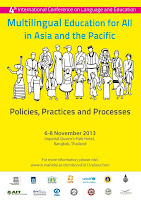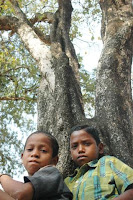[MLE] Bihar: teachers are told to use local words in school

Dear Multilingual Education friends, The Bihar government claims to be the first state to start a language bridge course. Beginning mid-July, teachers in government primary schools in Bihar will teach class one students Hindi equivalents for words in Bajjika, Maithili, Bhojpuri, Angika and Magahi. To support the implementation dictionaries in these languages are produced also. A quote from the article in The Indian Express : HRD Principal Secretary Amarjeet Sinha said, "As government schools have mostly students from villages, it's important to provide them a comfort level. They hardly speak Hindi. Teachers, with the aid of the dictionary, will help children pick up Hindi words. The dialect to Hindi dictionary will be primarily for teachers but can be referred to students as well. The idea is to minimise number of out-of-school children.



